
Yellowstone National Park has implemented temporary fishing closures on three of its most iconic rivers: the Madison River, Firehole River, and Gibbon River downstream of Norris Campground.
These closures are issued in response to the combination of unseasonably warm water temperatures, exceeding 68°F, and low water flow conditions, both of which are dangerous for the park’s native trout populations.
The closures are in effect daily from 2 p.m. until sunrise the following day, a period when water temperatures are at their highest and most stressful for fish.
Details of the Closures
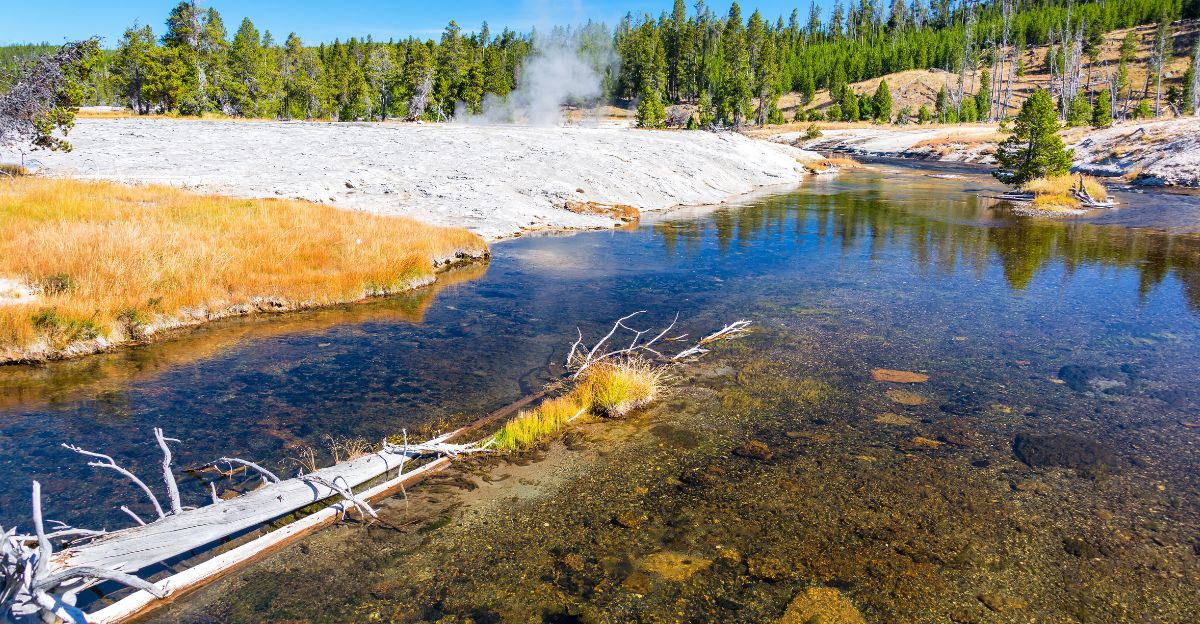
The closures for the Madison and Firehole Rivers are comprehensive, while the Gibbon River closure is limited to the stretch downstream of Norris Campground.
This focused strategy is in response to ongoing tracking by park personnel, who have determined that these areas are most affected by the current environmental stressors. Park officials said the closures will last until river conditions improve, adding they are concerned for the health of the fisheries.
Why Warm Water and Drought are Deadly
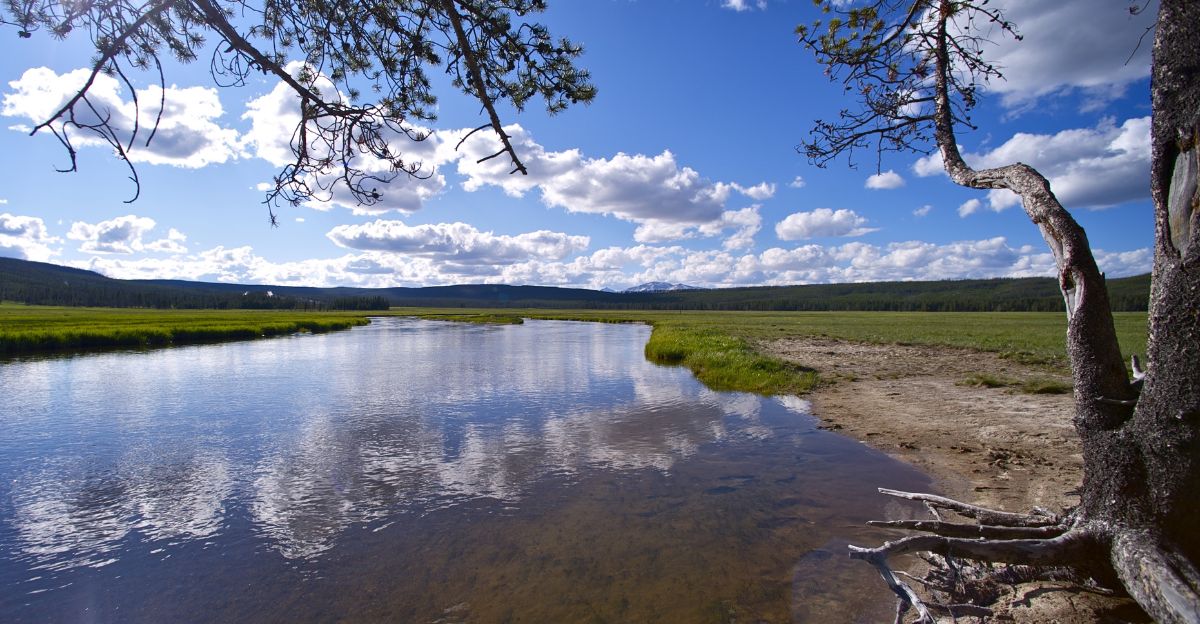
Trout are also extremely sensitive to changes in water temperature and oxygen levels. Once water temperatures rise above 68°F, the amount of dissolved oxygen declines, and trout have a hard time breathing and may die.
Low water flows further concentrate heat and decrease the amount of oxygen, compounding the stress for fish. These conditions may have implications for survival, particularly if fish are also subjected to the added stress of being caught and released by anglers.
Impact on Trout Populations
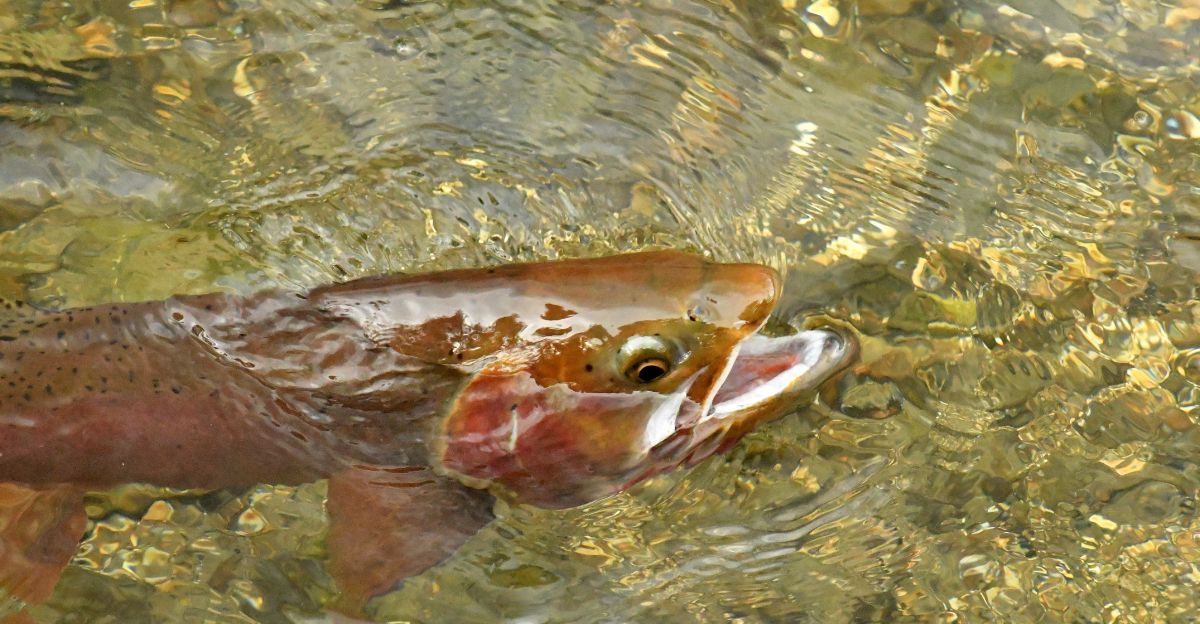
These closures are to protect important native and wild trout species that are vital to maintaining the biodiversity and integrity of Yellowstone’s aquatic ecosystems.
Prolonged exposure to warm water and low flows can weaken trout, making them more vulnerable to disease and reducing their ability to reproduce successfully. By restricting fishing during the hottest hours of the day, the park aims to mitigate additional stress and help these populations recover.
Broader Effects on Wildlife

Trout are a keystone species in Yellowstone’s rivers, forming the foundation of the aquatic food web. Their decline can significantly affect a variety of predators, including osprey, bears, otters, and bald eagles, which in turn depend on healthy fish populations for food.
If trout numbers fall, these predators may experience reduced food availability, potentially leading to declines in their populations and disrupting the balance of the entire ecosystem.
Disruption of Ecosystem Balance

The health of Yellowstone’s rivers is inextricably linked to the overall balance of its aquatic and riparian ecosystems. When trout populations decline, it can trigger a cascade of effects, including changes in insect populations, shifts in plant growth along riverbanks, and altered nutrient cycling.
These disruptions jeopardize the park’s natural systems and make it harder for wildlife to adapt to climate change and other environmental threats.
Additional Environmental Stressors
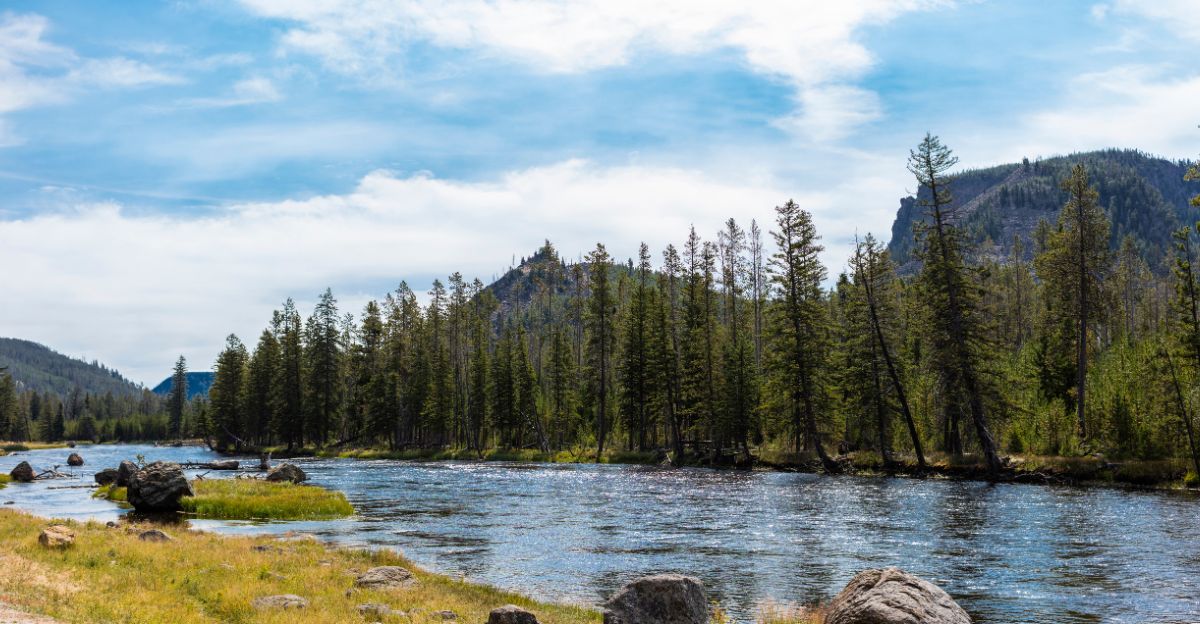
The current situation in Yellowstone is exacerbated by broader environmental stressors such as climate change, drought, and increased human activity.
Warmer summers and reduced precipitation have led to more frequent and severe episodes of low water flow and high temperatures. These trends are expected to continue, highlighting the need for adaptive management strategies to protect the park’s natural resources.
Conservation Measures and Park Management

In addition to temporary fishing closures, Yellowstone National Park employs a range of conservation measures to safeguard its fisheries. These efforts range from the restoration of habitats, ongoing water quality monitoring to public awareness programs to teach the importance of responsible angling. The park’s employees are always on guard, prepared to adjust their management approach as circumstances change.
Angler Guidelines to Minimize Harm

Park officials are urging anglers to fish only during the coolest times of the day, land fish as quickly as possible, and avoid playing hooked trout to exhaustion.
They also suggest handling fish gently in the water and giving them time to recover before release. These guidelines are designed to minimize stress and harm among fish, helping sustain healthy populations for future generations.
The Importance of Adaptive Management
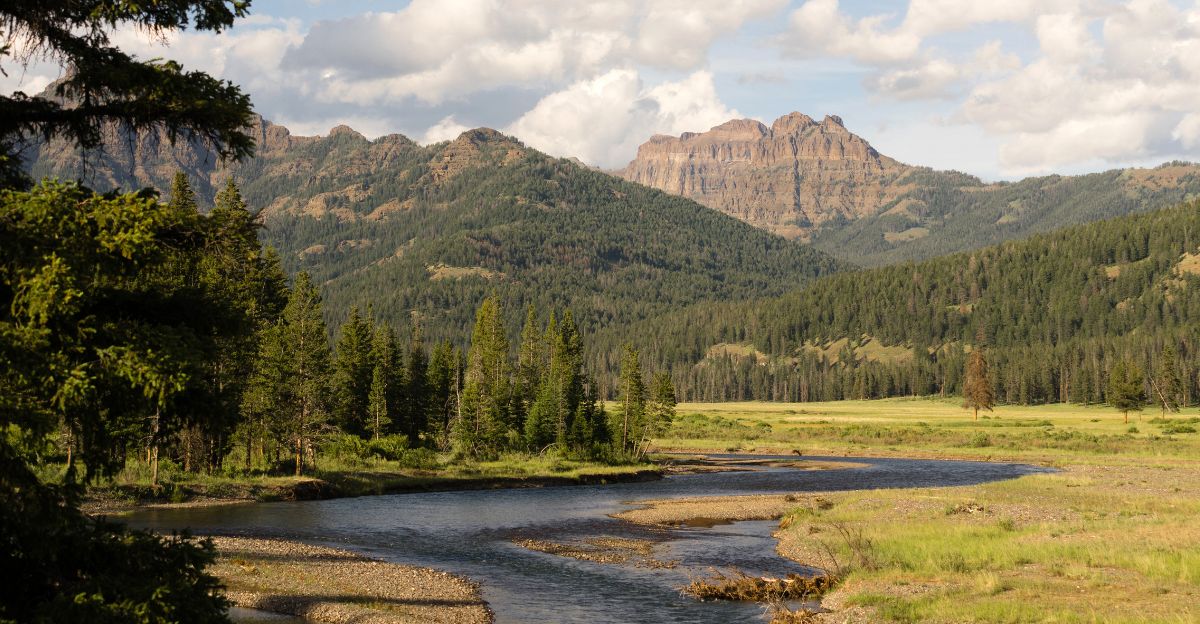
Yellowstone’s proactive approach to managing its fisheries in the face of environmental stress demonstrates the importance of adaptive management. In an effort to balance recreation opportunities with the viability of the park’s ecosystem for the long run, the park monitors the condition of the rivers closely and modifies regulations as required. Such efforts are essential to ensuring that Yellowstone’s rivers, fish, and wildlife continue to thrive in a changing world.
Explore more of our trending stories and hit Follow to keep them coming to your feed!

Don’t miss out on more stories like this! Hit the Follow button at the top of this article to stay updated with the latest news. Share your thoughts in the comments—we’d love to hear from you!







